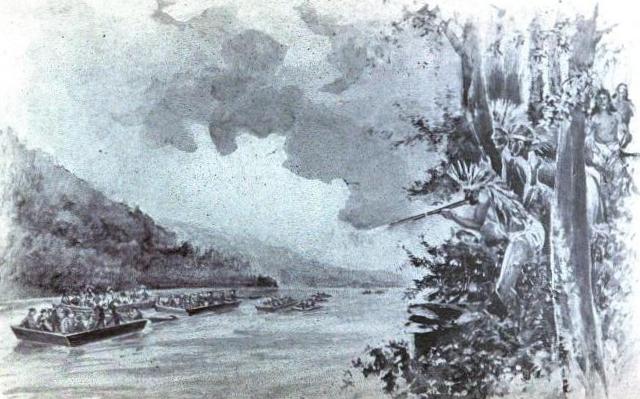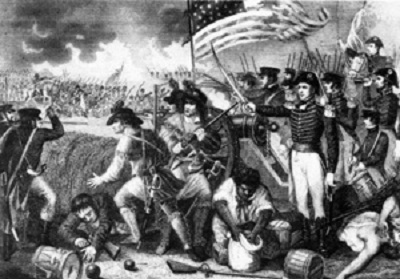The Making of the 50 States: Tennessee
Part 1: In the Beginning Native Americans lived in what is now Tennessee long before Europeans arrived. Among the early inhabitants were the Cherokee, Chickasaw, Choctaw, Creek, Muscogee, and Yuchi. The mound-building tradition was strong in this area. Among well-known remains are the Pinson Mounds, a complex of 17 mounds in Madison County that dates to before A.D. 500.
Between the French and Indian War and the Revolutionary War, English settlers moved west. Daniel Boone was one of those, helping to blaze the Wilderness Road. Settlers lived on farms, growing corn and cotton and tobacco and wheat and keeping vegetable gardens and large numbs of livestock, among them cows, horses, mules, and pigs. Slavery was not uncommon at Tennessee farms and settlements and was more prevalent in the western part of the territory. As well, as with other colonies, Tennessee's settlements featured other necessary trades, like blacksmith shops and lumber mills, general stores and ironworks (the largest industry in the area). Some Native American tribes welcomed English settlers and their money and goods. Other tribes were not so welcoming, among them the Chickamauga, whose war chief, Dragging Canoe, actively resisted European settlement in a long struggle known as the Cherokee-American wars.
A fur trader named Charles Charleville built a trading post on the Cumberland River in the north central part of what is now Tennessee. This area became a hub of activity and was later named French Lick, after the natural salt lick that attracted animals and, in turn, hunters and traders. Settlers and traders developed the area further, building Fort Nashborough, and the area eventually became Nashville, after Francis Nash, a Revolutionary War general. Next page > The Rest of the Story > Page 1, 2
|
|
Social Studies for Kids
copyright 2002–2024
David White



 French and Spanish explorers roamed the area beginning in the 1500s. One of the Spanish expeditions featured
French and Spanish explorers roamed the area beginning in the 1500s. One of the Spanish expeditions featured  Some from Tennessee fought in the Revolutionary War, notably at the Battle of Kings Mountain, in South Carolina. Tennessee's John Sevier led a group of men who contributed to the Continental Army's decisive victory in that battle.
Some from Tennessee fought in the Revolutionary War, notably at the Battle of Kings Mountain, in South Carolina. Tennessee's John Sevier led a group of men who contributed to the Continental Army's decisive victory in that battle.
